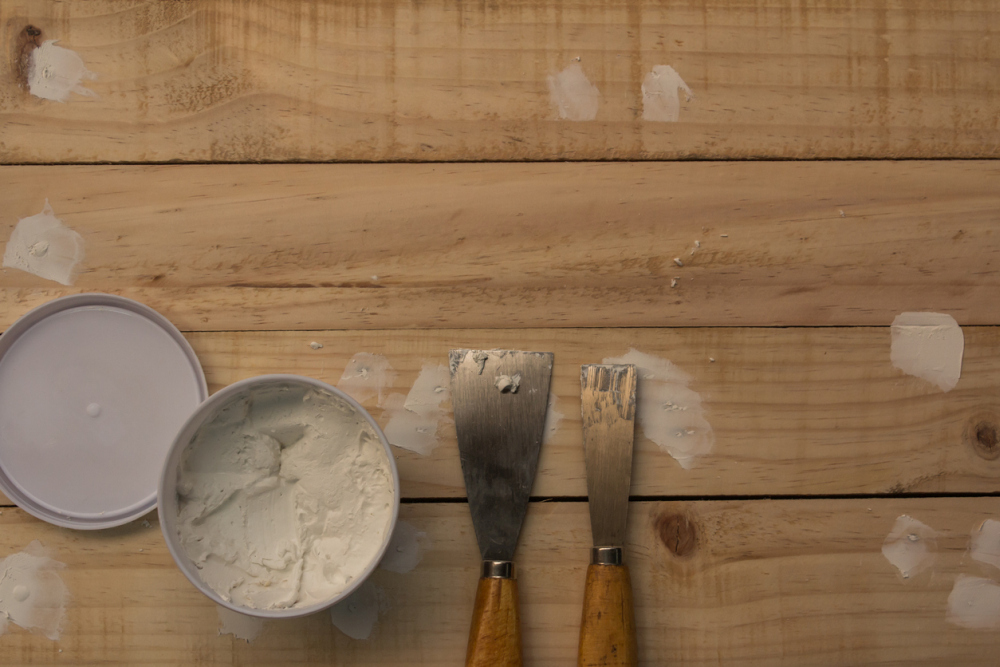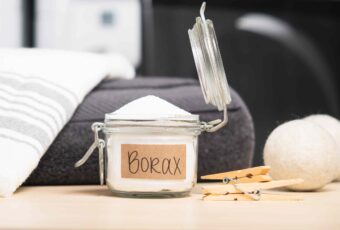
Take Your Hacks To The Next Level
Crown Moulding and Baseboards
Anytime you’re adding built-ins, adding in baseboards and crown moulding will always give the final finishing touch that will make the whole thing look refined. Baseboards can cover up any gaps or framing for added height or leveling. Crown moulding can do the same with covering up gaps along the ceiling.

Crown Moulding And Baseboards
Laser Level
Using a level is absolutely critical when hanging anything up in the home. The only way to make sure things are completely at the correct angle you’re looking for is by using a level, and this is especially important when you want to make sure your cabinets are aligned, hardware is properly placed, or simply hanging a painting.
Wood Filler
Shelf holes are some of the biggest giveaways that a pre-made piece has been used. They’re great for customization, but let’s be honest, they can easily become an eyesore because of the holes. In comes wood filler: a great solution that’s easy, paintable, and dries within 24 hours of application. You can then sand them, paint them, and make your shelves and drawers look totally professional.

Putty Knife And The Wooden Floor.
Shellac Primer
Priming is extremely important, and that includes the times when you’re using 2 in 1 paint. Primer is a great way to guarantee a lasting finish. Shellac-based primer is especially recommended when you’re using factory finished frames, especially those that you can get at Ikea.

Shellac Primer
Paintable Caulk
Just like wood filler, caulk is a great way to fill in gaps. It is often overlooked, but it’s a great way to plug up gaps and seams on a variety of projects, including crown moulding and ceilings and shelving and frames. You should opt for paintable caulk so that you can ensure that you can always match your final product, because otherwise paint will not adhere to it.

Paintable Caulk









